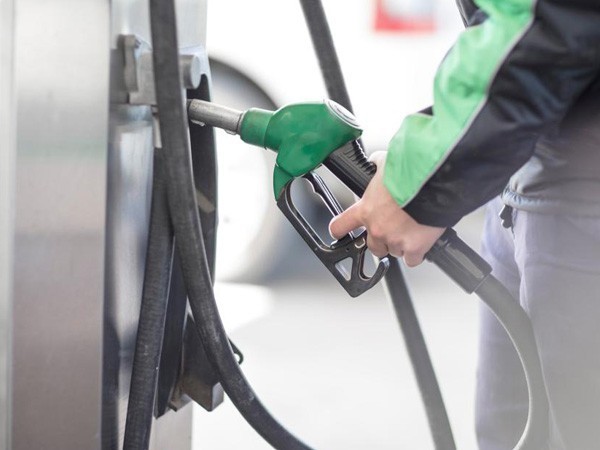Britain spent hundreds of millions of dollars, building the next generation uranium fuel facility
May 08, 2024
London [UK], May 8: The British government announced plans to build the first facility in Europe to produce low-enriched uranium (HALEU), of which Russia is currently the only producer on a commercial scale.
Reuters reported on May 8 that Britain announced an investment of nearly 200 million pounds ($251.14 million) to build the first next-generation nuclear facility in Europe to produce HALEU
Andrew Bowie, UK Nuclear and Renewable Energy Secretary, said: "As we deploy more advanced modular reactors, HALEU will be an essential fuel, allowing the UK to can create domestic supplies". "There is clearly an opportunity to export this fuel to our allies who want to move away from over-reliance on nuclear fuel
The landmark investment is part of a plan to help provide up to 24 gigawatts of nuclear power by 2050, accounting for a quarter of expected electricity demand in the UK. The UK Ministry of Energy Security and net zero announced that it is expected that the UK will be ready to produce fuel by 2031 for domestic use or export.
HALEU is enriched to levels of up to 20% suitable for new generation nuclear power plants using small modular reactors (SRM). Many countries around the world also have difficulty developing advanced nuclear reactors
Accordingly, the US company Centrus Energy is starting to produce a small amount of fuel and is expected to increase the scale of production, while the French company Orano is also considering a project to build a factory facility in the US. . According to the International Atomic Energy Agency
In addition to the nuclear plant, on the same day, Britain also announced a package of up to 600 million pounds to build the world's first commercially viable fusion power plant prototype. He hopes to connect the plant to the grid by 2040.
Source: Thanh Nien Newspaper








